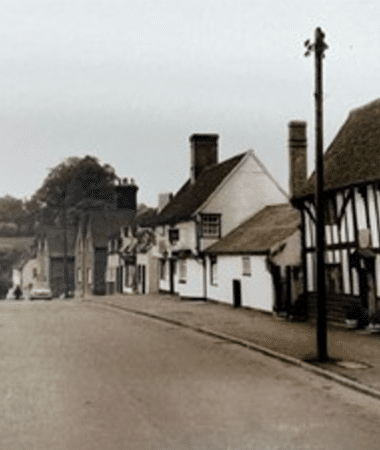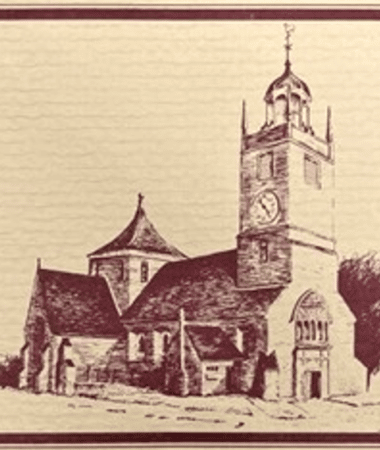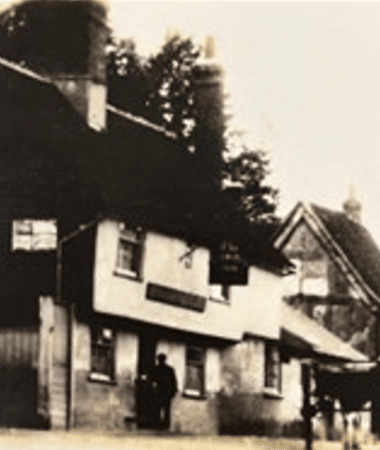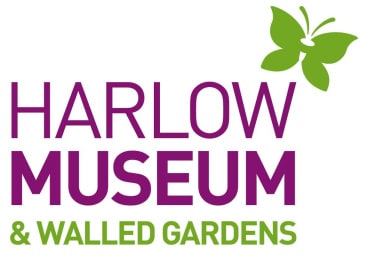
History
Moor Hall was an important estate located on the north side of Harlow near Matching Tye Road. The estate was originally owned by the Monks of Harlowbury and featured in the Doomsday book. The grand estate had several owners and was most notably owned in 1480 by the Bugge family. During the war the grounds were taken over by the Army to support the war effort. Finally in 1953 the building was consumed by fire.
Winston Churchill was the Member of Parliament for Epping from 1924-25, at the time that constituency covered what is now known as Old Harlow. He became Prime Minister whilst he was the acting Member of Parliament for the area.

St Mary’s Church
The church as it’s known today was constructed in the Medieval times. The cruciform (cross shaped plan) was intended to show the central position of the cross with Christian faith. In 1708 the church suffered from a fire which destroyed many of the contents including the roof and some of the stained-glass window. Extensive restoration followed in the Victorian Era that enhanced the original gothic features. Throughout the 1900’s more restoration and updates followed, all in keeping with the beautiful designs and architecture.

The Queen’s Head
The Queen’s Head pub was built in 1515 as a coaching house, people traveling from nearby areas could stop for food, drink and night stay. The building is grade one listed and decorated with traditional wooden beams. Over the years the pub offered a warm and friendly environment for local residents and visitors.
What to see at Harlow Museum?
Harlow Museum & Walled Gardens features the Parish Gallery, exploring the five parishes which originally made up the land where Harlow Town now stands, including Potter Street, Latton, Netteswell, Little and Great Parndon. During your visit you can view multiple maps and artefacts that offer a fascinating glimpse into the physical landscape and lives of residents living in the parishes.
Learn more about Harlow Museum here